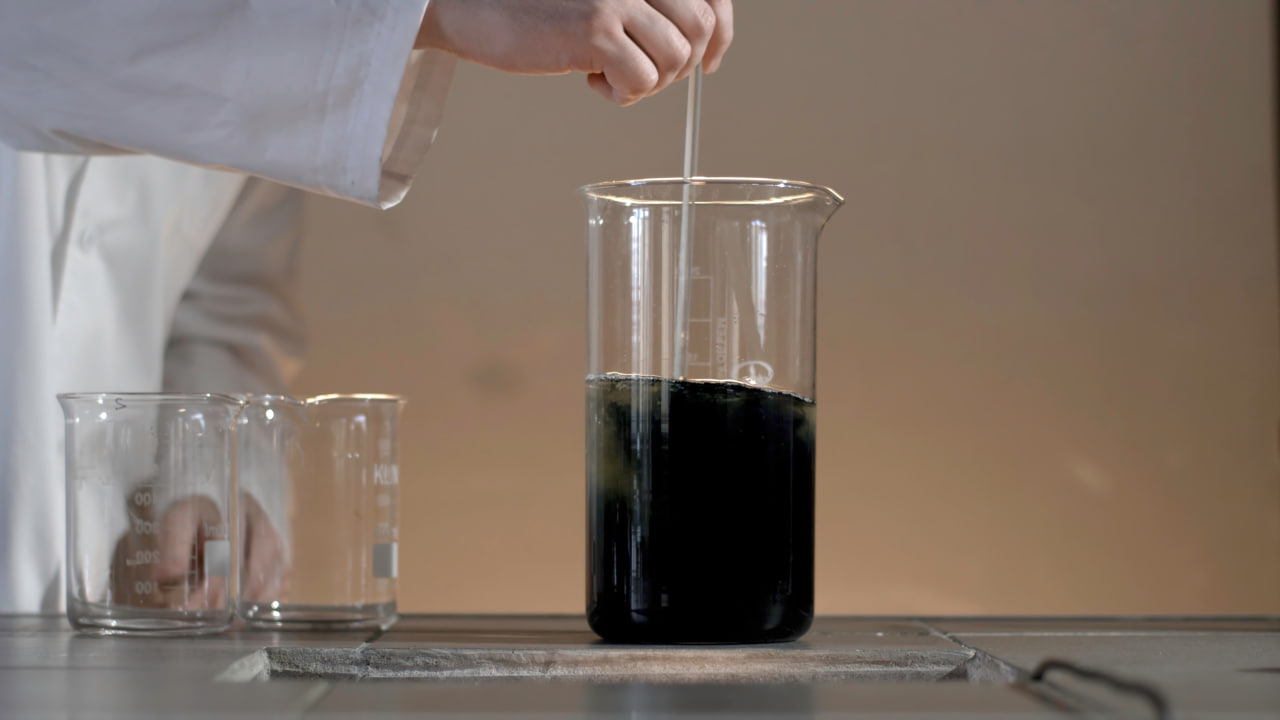Effect of K39-humate on physical properties of soils

Impact on soil structure.
Mechanism of humate effect on soil structure is individual for different soil types. In light soils humate envelopes and glues together mineral particles of soil, contributing to the creation of valuable lumpy-grained water-permeable structure, improving its air permeability, water permeability and water-holding capacity. On heavy clay soils humic acids penetrate into the interpacked spaces of clay particles, contributing to the destruction of compact three-dimensional structure of clay with the same name extraction of metal ions (Mg, Ca, K, Fe). As a consequence, the soil structure changes: it becomes more friable, excess moisture evaporates from it more easily, air permeability improves, which facilitates breathing and root movement.
Improved soil structure ultimately improves the erosion resistance of the soil.
Moisture retention.
The ability of humates to retain moisture is due to the formation of hydrogen bonds between charged groups of humates and water molecules, as well as metal ions absorbed on them. As a result, water evaporation is reduced by about 30 per cent, which improves plant uptake of moisture in sandy soils.
Soil temperature regulation
Humates give the soil a darker colour, which allows the soil to absorb and store solar energy more efficiently. The soil warms up more quickly.
Effect of K39-humate on soil chemical and soil moisture properties
Increase of soil buffer capacity
Application of humates to the soil increases its buffer capacity (ability to maintain the natural pH level). This is observed even with excessive inputs of acidic or alkaline agents. Regular application of humates relieves excessive acidity of soils, which makes it possible to sow crops sensitive to increased acidity in the future (table beetroot, cabbage, onion, lettuce, cucumbers, legumes, barley, wheat, cherry, pear, apple, grape, plum, apricot, etc.)
Impact on absorption capacity and exchange capacity of soil.
Humic acids are polyelectrolytes by nature. Contacting with mineral and organic particles of soil they form soil absorption complex. Humic acids absorb and retain nutrients, macro and microelements coming into the soil. Retained by humic acids, they are not washed out by water and are not bound by soil minerals, staying in a state available for absorption by plants.
Transport of nutrients and trace elements to plants.
Salts of humic acids (humates), unlike free humic acids, are mobile water-soluble compounds. Adsorbing nutrients and trace elements, they move them into plants. When humates are applied, there is a steady tendency to increase the content of exchangeable potassium and assimilable nitrogen (up to 2-2.5 times), mobile phosphorus (up to 1.5-2 times) in the arable layer of soil. Some trace elements, being transition metals, form mobile chelate complexes with humates, and according to some scientists, they are assimilated mainly in the form of chelates of these compounds.
Structuring of soil moisture.
Humates, being polar molecules, interacting with soil moisture, give it a structure characteristic of 'melted water'. Absorption of such moisture is most favourable for a plant.
Influence of K39-humate on biological properties of soils.
Humic acids are, on the one hand, growth stimulators for microorganisms, on the other hand a source of available carbon, nitrogen and phosphorus. Humic acid molecules form large aggregates on which microorganisms actively develop. Introduction of humates into soil significantly intensifies the activity of different groups of microorganisms, which are closely connected with mobilisation of soil nutrients, transfer of potential fertility into effective one.
By increasing the number of silicate bacteria in the soil, there is a constant replenishment of exchangeable potassium assimilated by plants.
